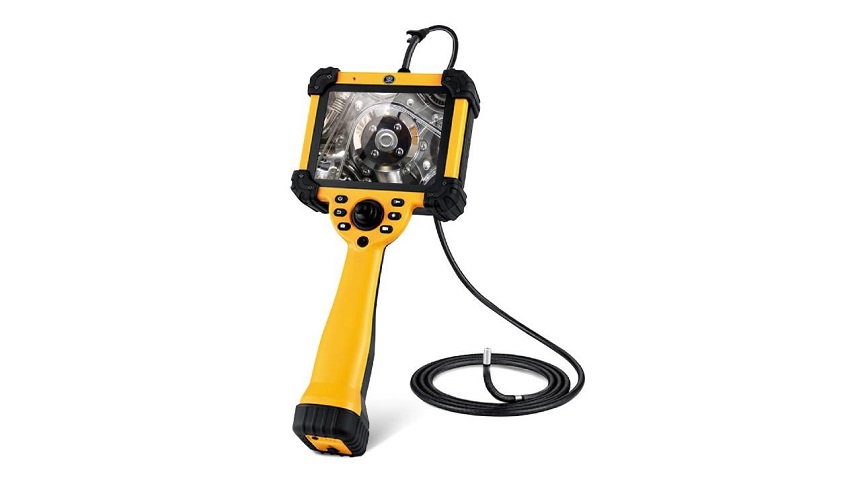Pixels of industrial endoscopes
2023-06-01
Industrial endoscopes are commonly used tools in various industries such as medical, manufacturing, and others, helping professionals to observe and inspect hard-to-reach areas and subtle details for relevant operations and maintenance. Unlike ordinary cameras or phone cameras, industrial endoscopes typically have lower pixels, which are caused by various reasons.
Firstly, it should be noted that pixels are not the only factor affecting image quality, but one of them. The number of pixels required for an industrial endoscope is usually much less than that of an ordinary camera or phone camera, as its purpose is to enable operators to see if there are any abnormal situations and take appropriate action. In this case, only enough pixels are needed to ensure that the operator can clearly identify the required information.
Secondly, the technical requirements for industrial endoscopes are higher than those required for ordinary cameras or phone cameras in terms of image quality and detail clarity. When inspecting and operating tiny parts or components, every detail is often critical. To ensure that operators can clearly observe these details and take appropriate action, the design of industrial endoscopes must be as precise as possible, with high-quality lenses and sensors being used as far as possible. This often results in higher costs, and limited budgets mean that there needs to be a balance between price and performance.

Another difference is that industrial endoscopes often require a wider field of view. Due to their wide range of applications, operators need to conduct inspections in different environments, so a wider visible area is required. This requirement may mean that if a lower pixel density is to be maintained, a wider image sensor may need to be used. This may limit pixel density and further reduce the number of pixels.
Finally, it should be pointed out that in some cases, industrial endoscopes do not require high-pixel images. For example, in the industrial manufacturing process, some products need to be matched to positions that are consistent with previous requirements or lower than the requirements, which requires an appropriate adjustment of pixel density.
In summary, pixels are different from those of phone cameras. They are not the only factor affecting image clarity and quality, and the design and application of industrial endoscopes are different from those of ordinary cameras or phone cameras. Therefore, for endoscope designers and users, it is necessary to choose the appropriate pixel density based on specific needs and application scenarios.



